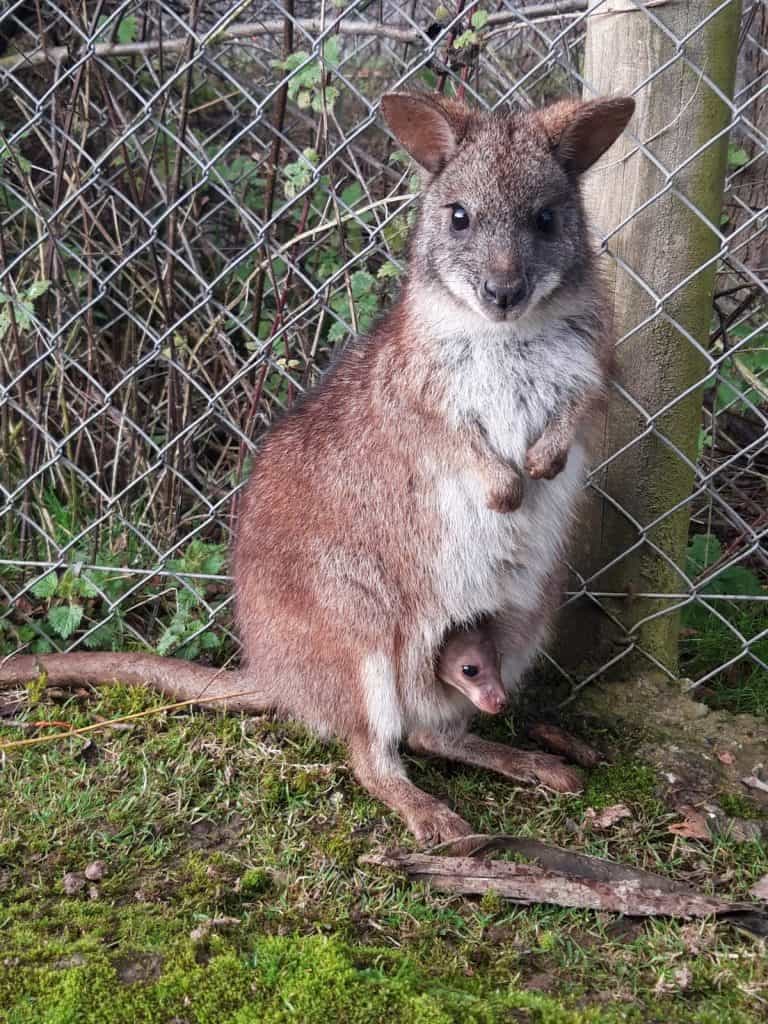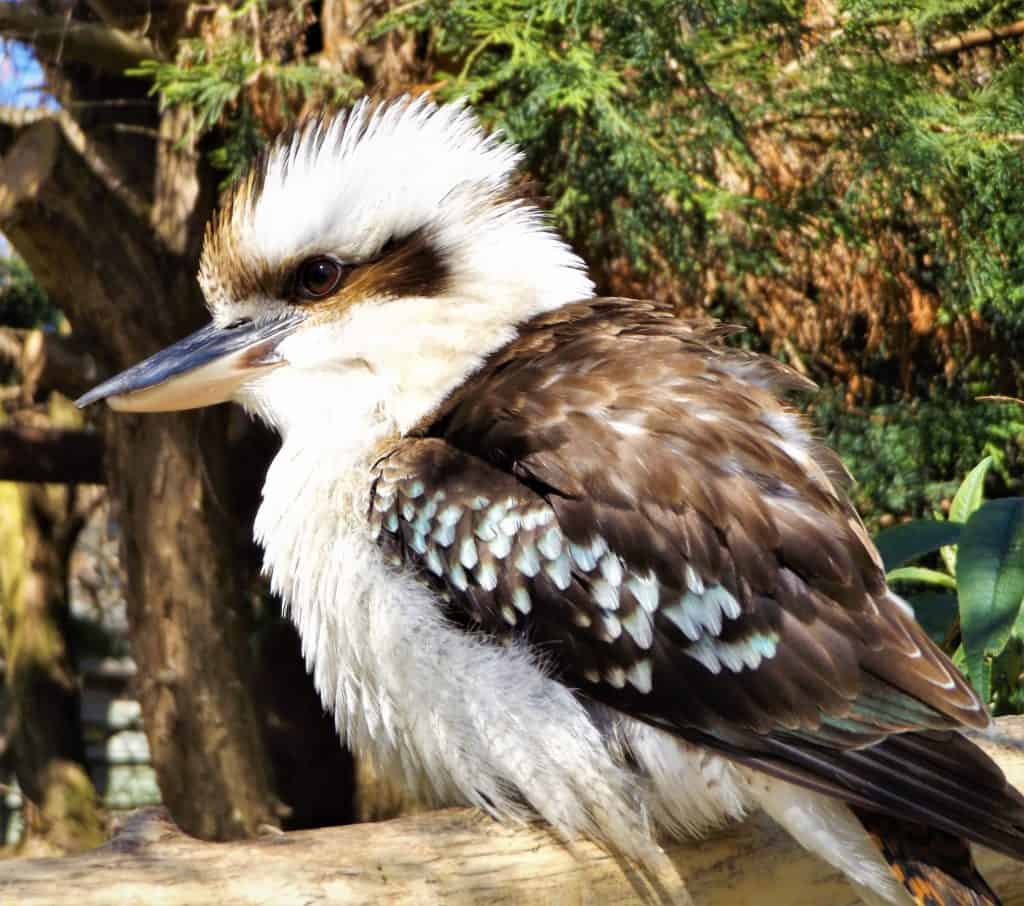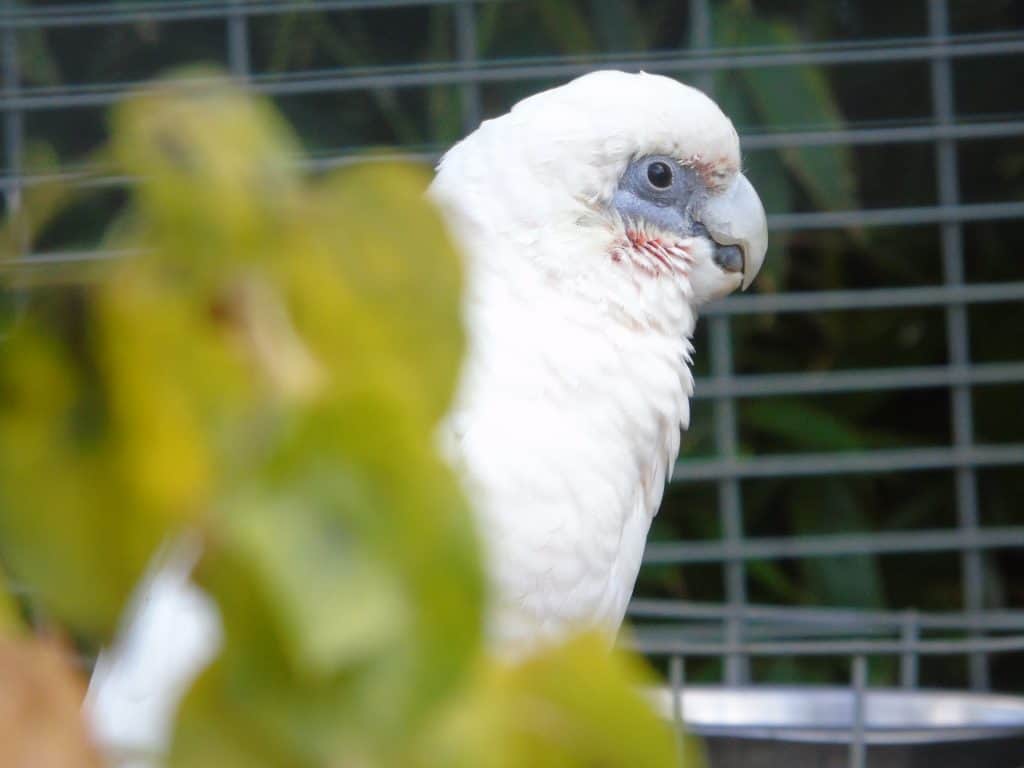Happy New Year to you all, I hope everyone is well and had a very merry Christmas. I have enjoyed sharing with you my recent travels around the UK in previous blogs. However, for this one I thought we’d turn up the heat and go somewhere outside the UK.
The Ashes
Australia and England are going head to toe for one of the biggest competitions in cricket, the Ashes. It is a series of matches between England and Australia and one of the longest running rivalries in sport to date.
These two nations meet roughly every two years, with the winners claiming one of the most famous and smallest trophies in sport; the Ashes urn. It is held alternately in England and Australia, with Australia currently hosting this time.
Both teams play a series of five test matches, each lasting up to five days. This current series is the 72nd and began at The Gabba in Brisbane on Wednesday 8 December and overall Australia have won 33 series and England has won 32 with six series ending in draws.
Cricket is a bit like Marmite so I will stop talking to you about the ashes, plus England are losing 3-0 in series but some positive news is we have drawn the 4th match, one more to go so hopefully we can end the tour on a high.
Outside of my career working with animals, sport is another huge passion of mine. I have always played it either at school or club level growing up. I’m still lucky to be able to fit it in around work and play for my cricket club on Saturdays.
Due to Covid restrictions and having to work I am not in Australia watching the cricket but it’s definitely on the bucket list to do. However, instead I’m resorting to staying up way past my bedtime to watch a few overs of play. It will be a relief to some of you that my blog won’t just be on cricket, but it will remain on the subject of Australia.
My thinking was, if you or I can’t go to Australia currently then I’d bring a bit of Australia to you, as we have a large variety of animals at the park that originate from there. Being a mega-diverse country it is home to an extraordinarily high amount of plant and animal species, with almost 400 mammal species and half of the birds that live there being found nowhere else on Earth.
Parma Wallabies
These only live in New South Wales, Australia and they occupy wet, sclerophyll forests that have grassy openings and thick undergrowth.

Bennetts Wallabies
Sometimes called red-necked wallabies, these medium sized marsupials are found along the eastern coast of Australia and on the island of Tasmania. Here at Wingham we are home to two Bennett’s wallabies named Tarooh and Balung.

Kookaburra
The world’s largest kingfisher and a native of Eastern Australia. However, it has been introduced to other areas as well and is famous for its chuckling voice. Our three kookaburras are named Kylie, Chris and Kookie.

Frogmouths
This is an adaptable bird which inhabits a variety of habitats throughout Australia and Tasmania. Our pair of frogmouths are called Furby at Tango and can be seen next door to Cookie.

Emu
They are the second largest bird in the world. Three subspecies are recognized, inhabiting northern, southeastern, and southwestern Australia; a fourth, now extinct, also lived on Tasmania.

Black Swan
Found throughout Australia but it has also been introduced into several countries, including New Zealand. WWP is home to one black swan which can be seen on the lake and she is called Pearl.

Galah Cockatoo
This is the most widespread and numerous cockatoo species and found in northern and eastern Australia and Tasmania. We have several Galah Cockatoos at WWP named Tony, Clint, Pinkie, Bruce, Sheila, Steve, Peter, Loki, Thor Poppy, Stan and Wade.

Palm cockatoo
The largest of all parrots and also known as the goliath or great black cockatoo. They are found in New Guinea and the northern Queensland’s Cape York Peninsula. Here at the park our pair are named Johnny and Nora and they can be seen nest the the Hyacynth macaws.

Rainbow Lorikeets
Rainbow lorikeets are widespread in eastern and northern Australia with over 20 subspecies! They travel large distances to find food and fiercely defend their feeding and nesting territories.

Bearded Dragon
Bearded Dragons occupy a large range of habitats from the deserts to dry forests and scrublands of Australia. The IUCN lists six subspecies, Black-soil, Nullabor, Western, Central, Kimberley and Eastern bearded dragon.

Major Mitchell’s Cockatoo
This pretty Australian native lives in semi-arid inland areas. Our girl is named Sharron.

Little Corella Cockatoo
The natural range of this bird is throughout much of Australia and Southern New Guinea. Through most of the year it can be found in almost all habitats but during the breeding season it will remain in areas abundant with food such as grassland and agricultural areas.

Bredl’s Carpet Python
This species inhabits the rocky outcrops of inland Australia’s lower mountain ranges.
Please bear in mind that our Reptile House is closed for renovation so our bearded dragons and carpet pythons aren’t currently on display.

Zebra Finch
Naturally this species occurs in Australia, Indonesia and Timor. In these areas it is most commonly found around grassland and farmland.

Did you know we were home to this many Australian species? I hope you enjoyed learning a little about them all.


